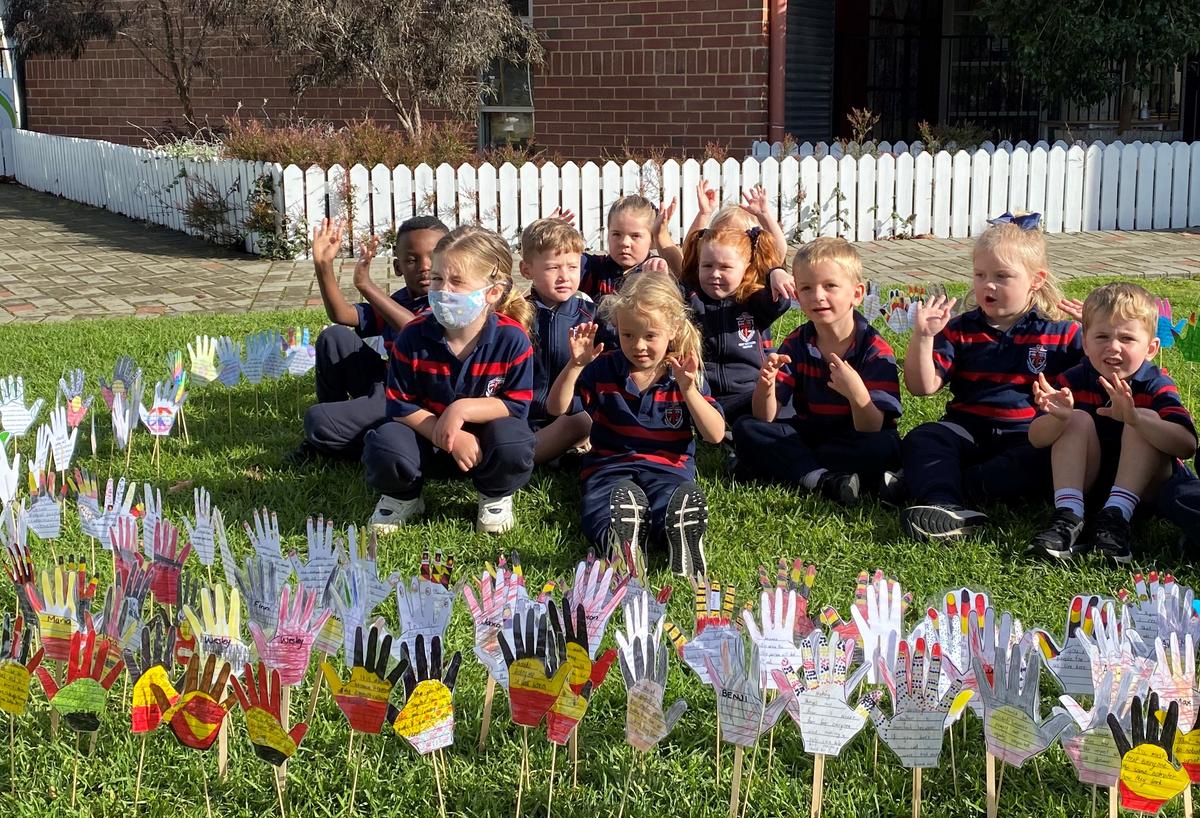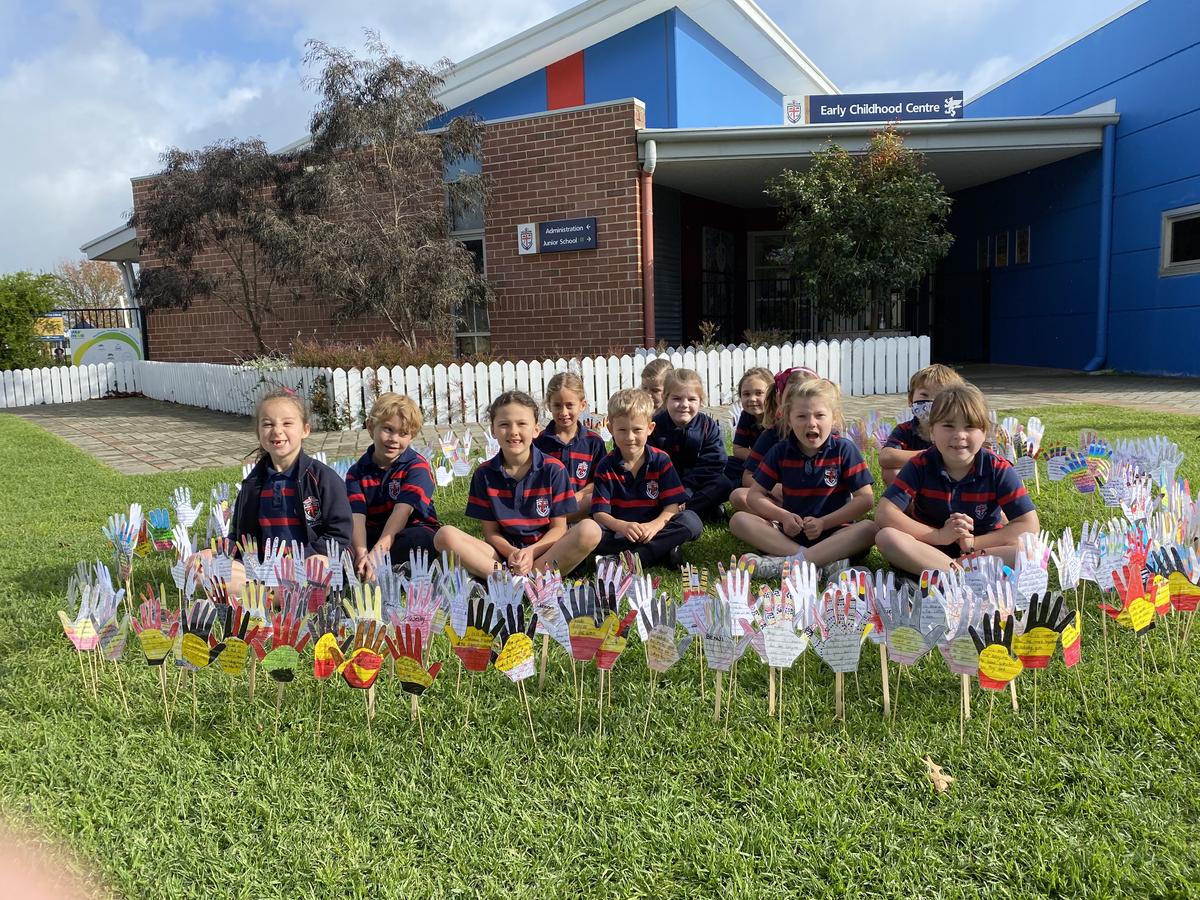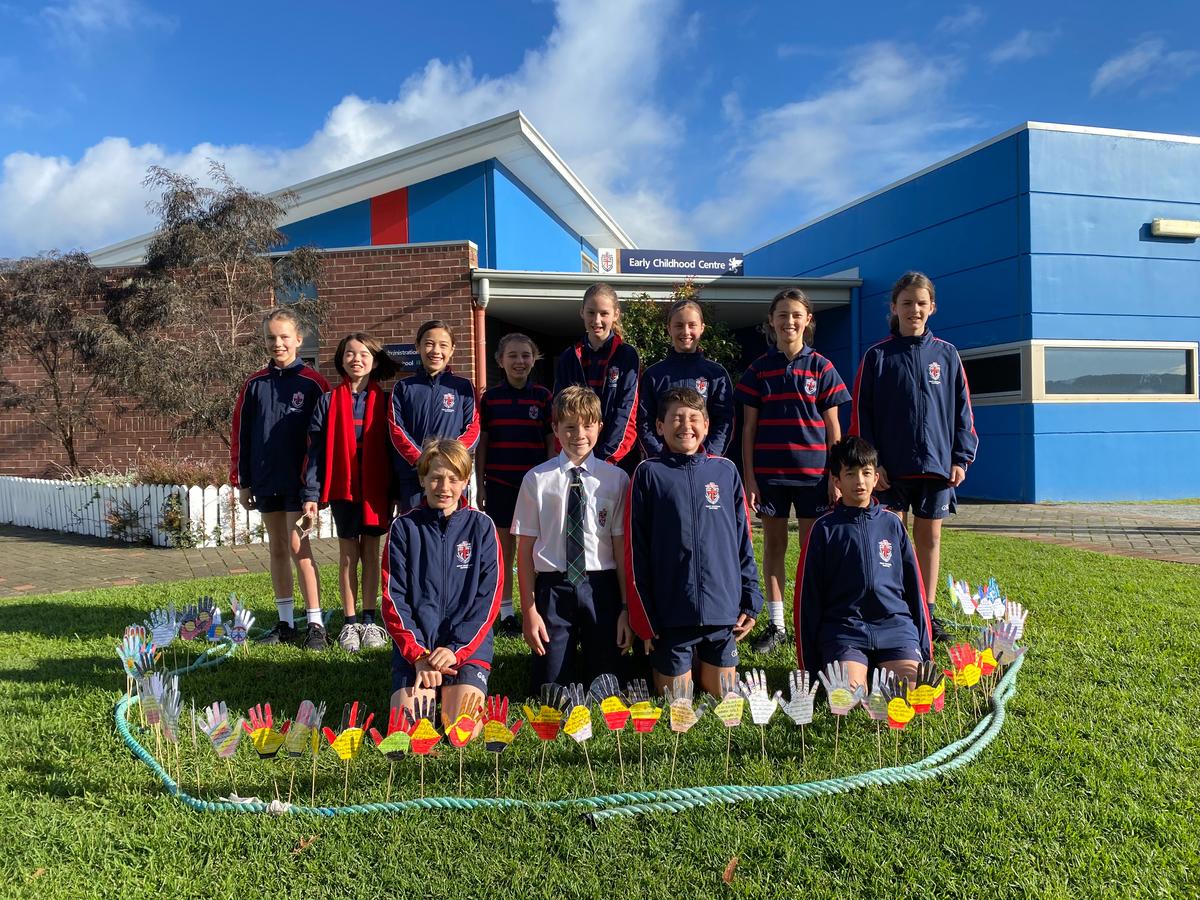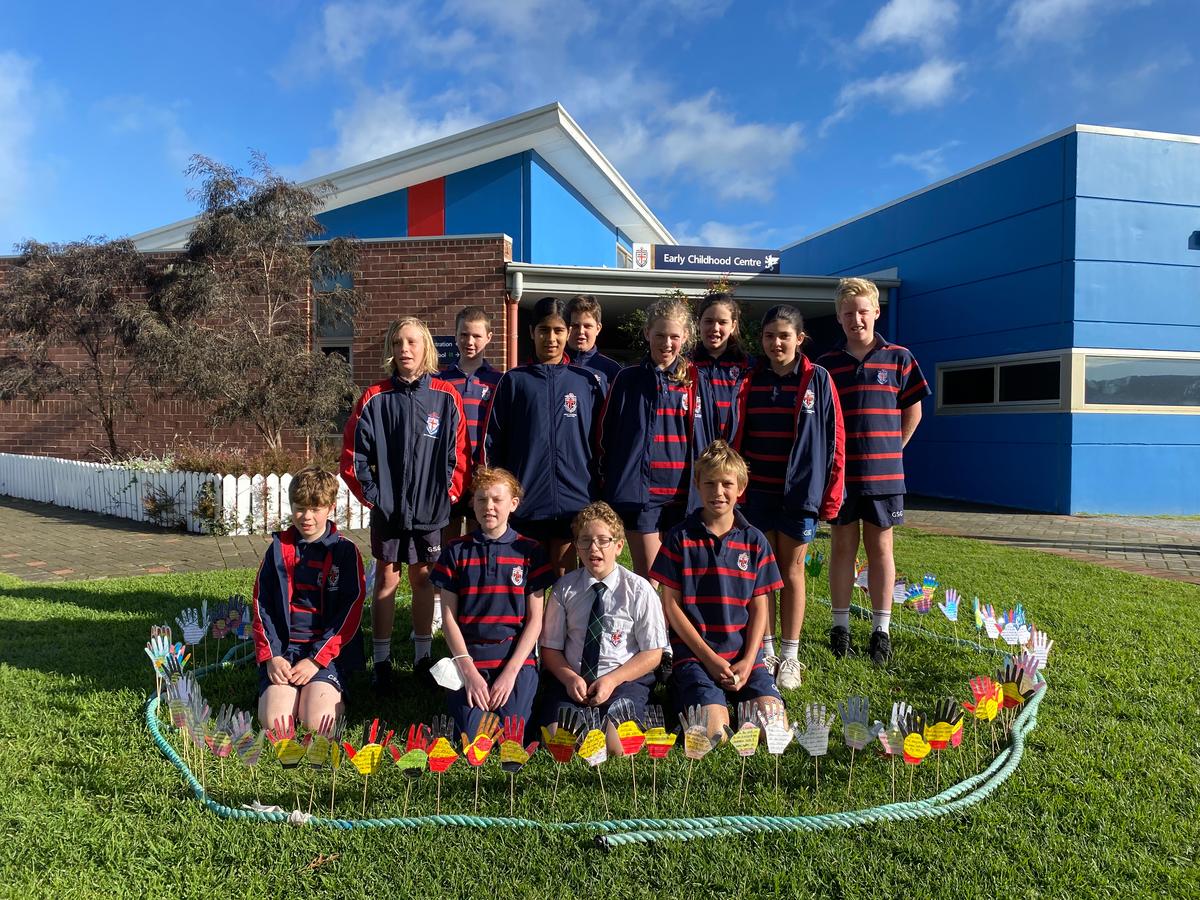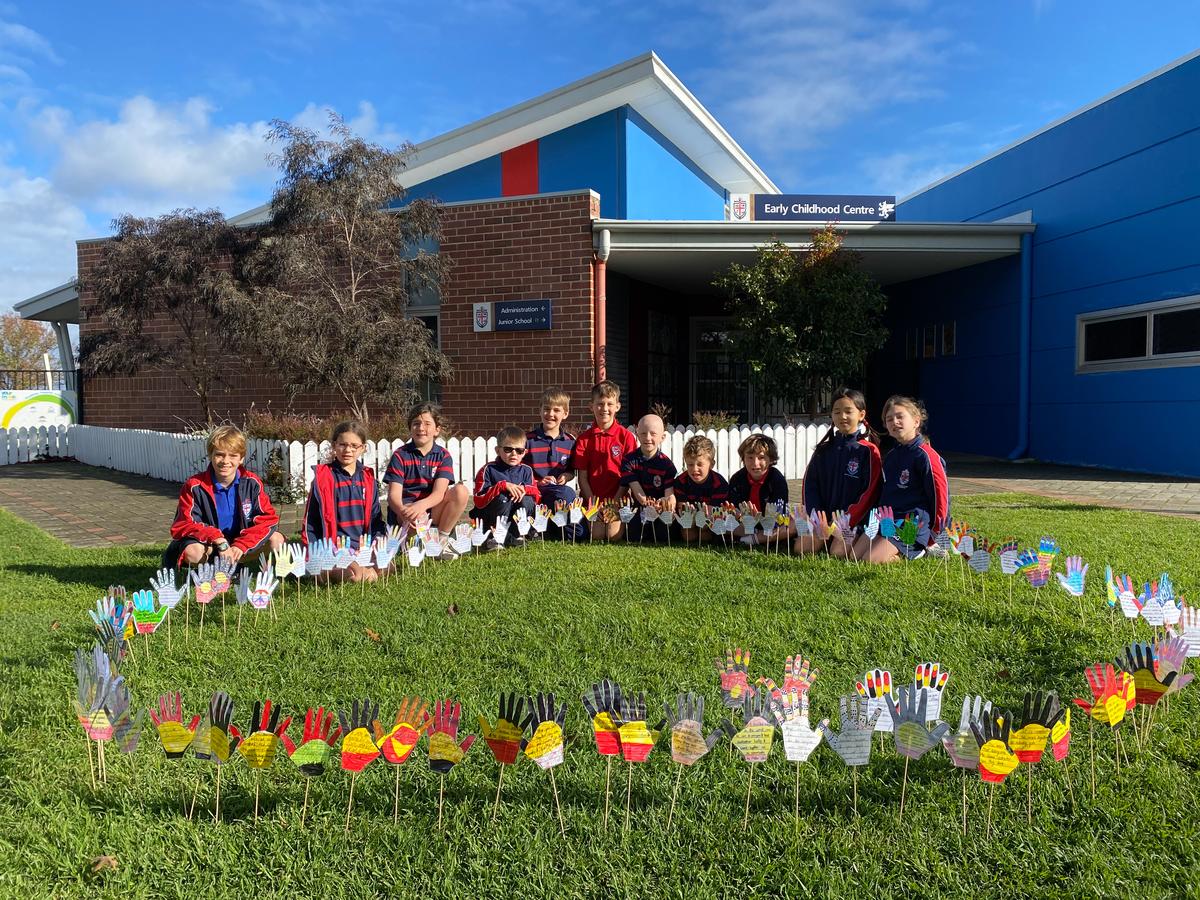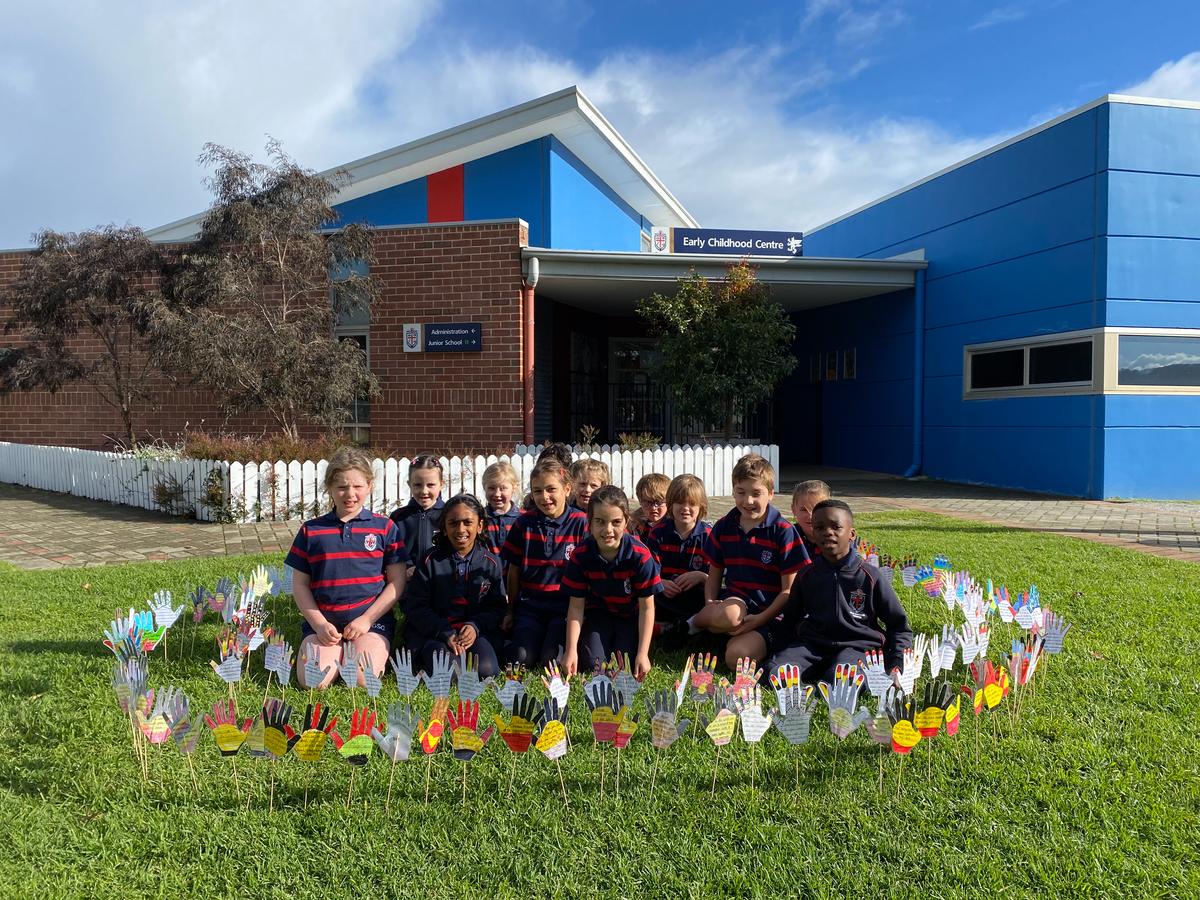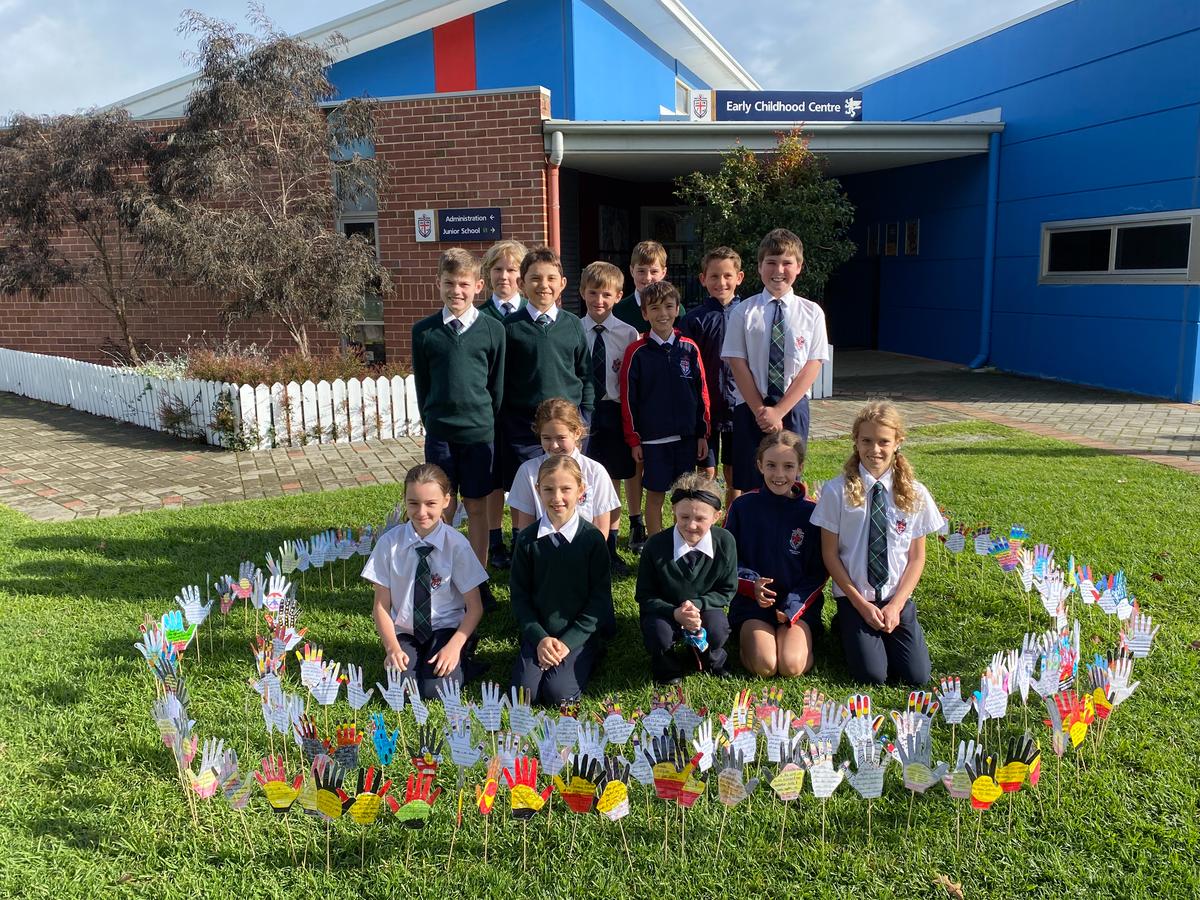Junior School
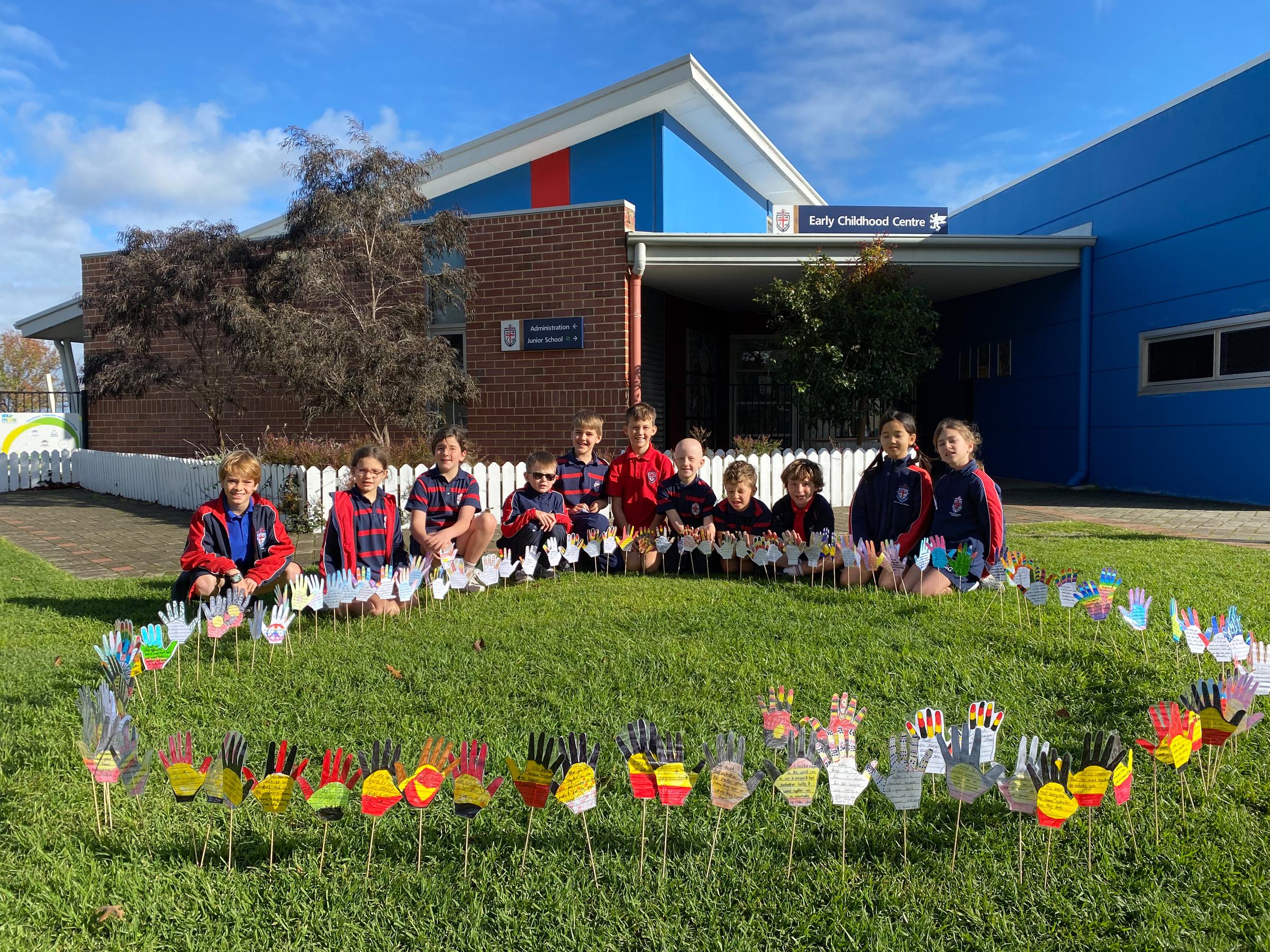
From the Head of Junior School
National Reconciliation Week
Across the School, and the country, we are honouring National Reconciliation Week through stories, reflection and action.
This years theme – Be Brave, Make Change
Beyond the theme, there is a spirit of activation and engagement in this year’s message inspiring us to ‘Be strong, Be determined, Be proud, Be bold, Be the difference’. These are wonderful messages for everyone in any context, and skilfully composed to be relevant across all age groups which is particularly powerful for reconciliation.
The Reconciliation Australia website linked below offers a broad range of information and resources for anyone seeking to gain further insight or reference First Nations peoples appropriately through an Acknowledgement of Country or Welcome to Country.
Another resource I have found helpful is the five dimensions of reconciliation. Each dimension describes a specific element of reconciliation, acknowledging their value individually and collective interrelated importance. Like all learning, the interrelated links between elements are where the powerful learnings are experienced. The five dimensions of reconciliation are:
Race Relations - Trust and respect across Indigenous and non-Indigenous cultures
Equality and Equity - Individual and collective rights and cultures participate equally and equitably in all areas of life
Institutional Integrity - Active support of reconciliation by the nation’s political, business and community structures
Historical Acceptance - Acknowledge our past through education and understanding.
Unity - Value and recognise Aboriginal and Torres Strait Islander cultures and heritage as a proud part of a shared national identity
How this is experienced in a school setting is through the Australian curriculum, professional standards for teachers, and each school’s own cultural education. The Australian Curriculum identifies and embeds indigenous education as a cross-curriculum priority, exploring country/place, culture and people across the curriculum. Professional standards for teachers make direct links to understanding indigenous cultures through understanding students and curriculum content. Our own cultural connection at GSG with Noongar elders and historical links between Noongar land and the school site is embedded within each of our ceremonies (assemblies and events) and purposefully linked to the life of the school, a recent example of which was the use of indigenous art print used on Griffins sporting uniforms.
In a Junior School context, with student age ranges from three to twelve years old, educational and cultural links to reconciliation are universally supported whilst age-appropriately delivered. The 'Sea of Hands' display in front of the Early Childhood Centre was contributed to by students in Kindergarten to Year Six. The activity begins with lessons and discussion around reconciliation, before students compose and design messages of reconciliation to share of themselves ‘Being brave, Making Change’. This activity is a wonderfully purposeful and visual representation of the genuine care, empathy and support our community advocates for reconciliation.
With sincerest warm regards, and appreciation,
Mr Ken Raven | Head of Junior School

